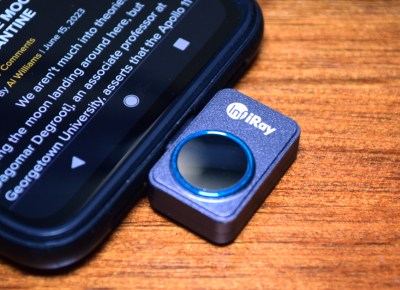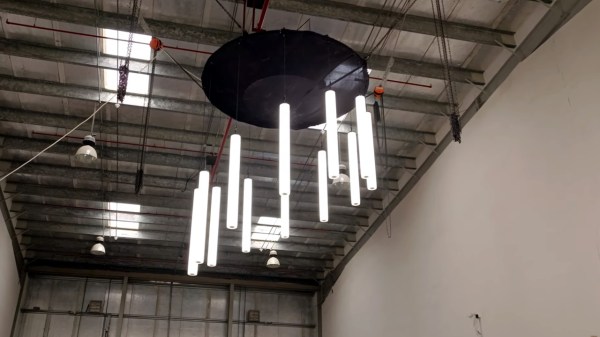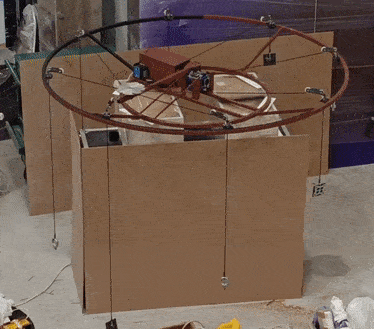There was a time when putting an object into low Earth orbit was the absolute pinnacle of human achievement. It was such an outrageously expensive and complex undertaking that only a world superpower was capable of it, and even then, success wasn’t guaranteed. As the unforgiving physics involved are a constant, and the number of entities that could build space-capable vehicles remained low, this situation remained largely the same for the remainder of the 20th century.

But over the last couple of decades, the needle has finally started to move. Of course spaceflight is still just as unforgiving today as it was when Sputnik first streaked through the sky in 1957, but the vast technical improvements that have been made since then means space is increasingly becoming a public resource.
Thanks to increased commercial competition, putting a payload into orbit now costs a fraction of what it did even ten years ago, while at the same time, the general miniaturization of electronic components has dramatically changed what can be accomplished in even a meager amount of mass. The end result are launches that don’t just carry one or two large satellites into orbit, but dozens of small ones simultaneously.
To find out more about this brave new world of space exploration, we invited Nathaniel Evry, Chief Research Officer at Quub, to host last week’s DIY Picosatellites Hack Chat.
Continue reading “Democratizing Space, One Picosatellite At A Time”





















